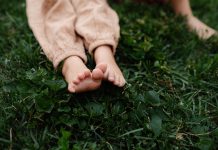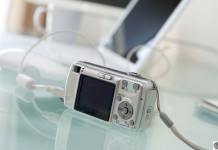September is National Preparedness Month which is a time to raise awareness for family disaster planning to ensure every household is ready in case of emergency. The two parts of disaster prepping are making a plan and packing a kit. It feels like a really overwhelming task to plan for any emergency you can think of, but there are a lot of resources available to help! I have some basic tips to help get you started and resources to guide you along the way!
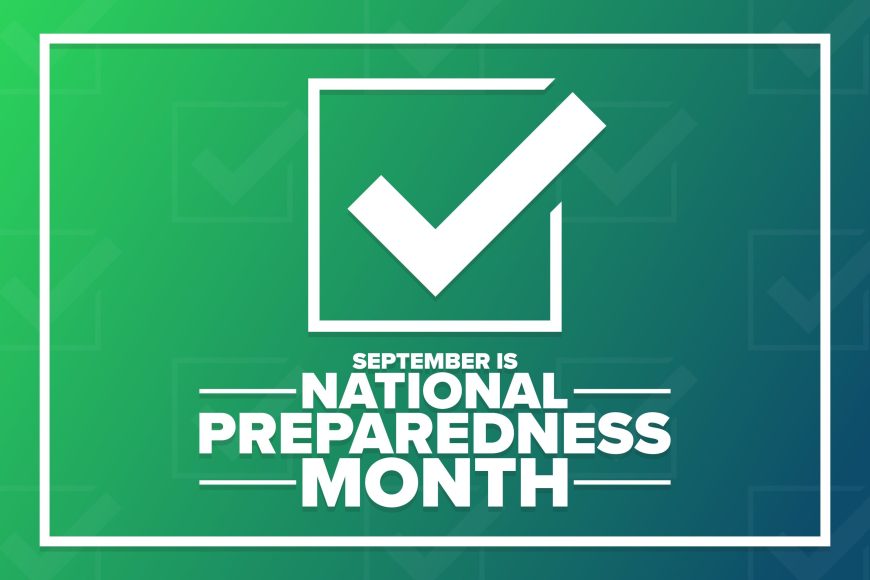
You may have heard the term “emergency action plan” in relation to your workplace, your child’s school, or any facility where kids participate in activities. It’s important for every location to have an emergency action plan, and that includes your own home! Every family’s plan is going to look a little different. Here’s how to get started:
- Familiarize yourself with the most likely disasters to happen in your geographic area.
- How are you notified in your community? Check to see if your number is registered for emergency alerts.
- If you need to shelter at home, you will want to designate a basement or interior room without windows.
- If you need to use a community shelter, where is that located? During an emergency, you can text “SHELTER” and your zip code to 43362 to find one
- If you have pets, many shelters will not allow them to come with you. Choose an evacuation location outside of town that will allow your pets.
- Create your family communication plan. It should include household, school, caregiver, and workplace information, an out-of-town contact who would not be affected by a local disaster, and meeting places in your neighborhood, outside your neighborhood, and outside your town.
Use this template to make your family’s emergency action plan with an option for wallet-sized printing! Each family member should have their action plan with them at all times.
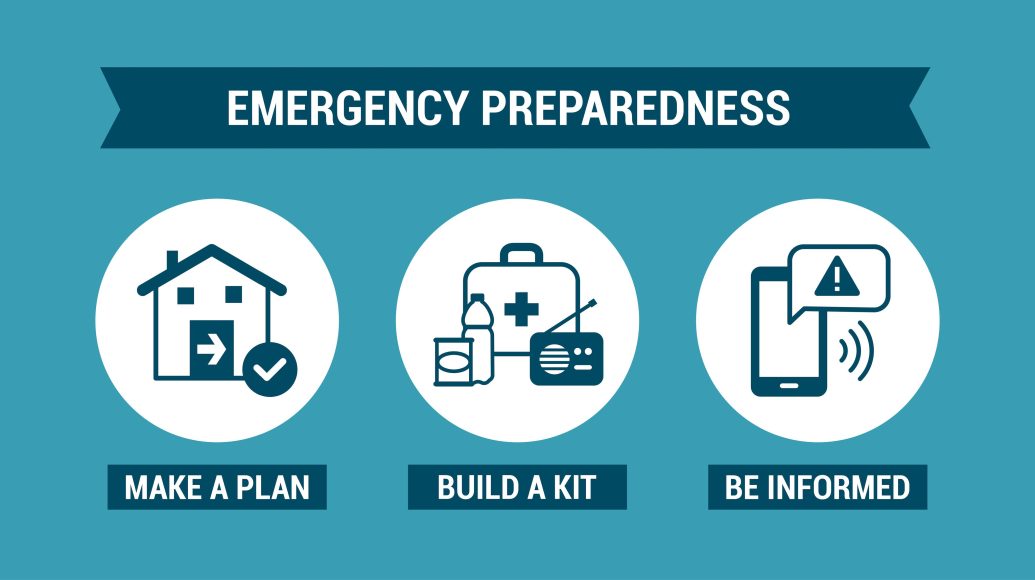
Now that you’ve finalized your plan, it’s time to make your kits! You should start with your basic disaster kit and then add in items specific to your family. If you are a special needs mom, there are additional resources available to help you prepare for your child’s specific needs during an emergency. Your basic kit should include:
- Non-perishable food with a can opener
- Bottled water
- Cell phone charger
- Battery powered radio
- Flashlight
- Extra batteries
- Whistle
- Dust masks for everyone
- Plastic sheets and duct tape to airtight seal windows
- Wet wipes, garbage bags, and ties for hygiene
- Non-sparking wrench to power off utilities
- Local maps
Additional items you could consider depending on the needs of your family and space in your kit:
- Prescription and non-prescription medications
- Glasses and hearing aids
- Infant formula and diapers
- Pet supplies
- Sleeping bag, blankets, and extra clothing
- Feminine supplies
- Cleaning supplies and hand sanitizer
- Waterproof container with family documents, money, and matches
- Disposable paper products
- Books and games for children
Once you have made your kit, you will want to store it in a cool, dry location and ensure every family member knows the location. It should be checked regularly for expired items that will need to be replaced. Consider creating additional kits for your work or car.
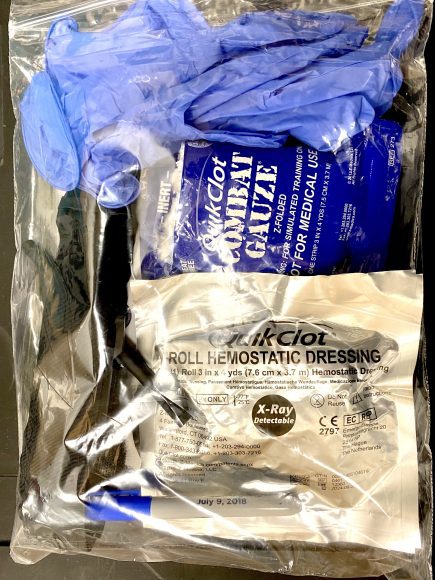
Lastly, your basic or even expanded disaster kits don’t include supplies to manage major or minor injuries. Make sure to also keep a first aid kit with your disaster supplies and include Stop the Bleed materials. Here’s what you are going to need:
- Basic First Aid – gloves, bandages, medications, splints, gauze, and sterile saline
- Stop the Bleed – consider adding hemostatic dressings and a tourniquet
Now that you are packed and ready for anything, make sure you are trained so you are confident in using your supplies. There are so many free resources available for parents and kids to assist with this. These are my favorite resources:
- Ready.gov provides so much information to help families plan. They have a great child-centered web page with games to provide interactive learning opportunities to make disaster planning fun!
- FEMA has a great free online course if you aren’t comfortable with hands-on skills classes at this time.
Visit Stop the Bleed for information, or leave me a comment, and I can help you prepare!




